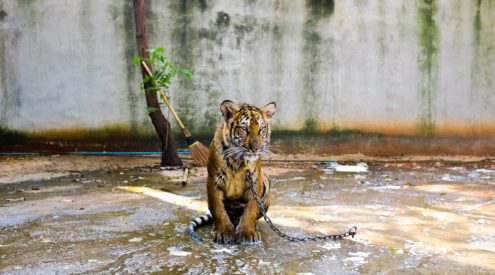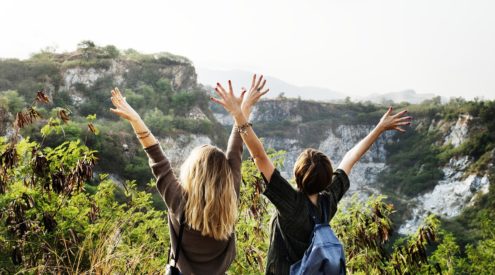Whether he’s talking about Elizabeth Donkin in front of the pyramid built in her honour by her grieving husband, or explaining why Red Location is named for the oxide treated corrugated iron shacks which originally made up this township where he was “˜born, bred and buttered’, Mongezi (Monga) Lumka knows a lot about the history of Port Elizabeth. He relates facts and stories in a way that brings the past alive, and he has a wealth of knowledge that allows him to do so at length – which is how he earned the nickname 7/11 – he can talk from early in the morning until late at night.
Today was the start of my “˜dream travel job’ trip. As the plane came in to land in Port Elizabeth, I was filled with anticipation at the thought of the month ahead; of all I will see and experience, and of the privilege I have of sharing this trip with all of you.
But once our Real City and Shebeen Tour with Calabash Tours gets underway, led by Monga in the company of driver and guide-in-training Xolani Makhalima, I almost forget that I am “˜on assignment’ and simply enjoy seeing the city where I grew up again for the first time in many years. We start with a tour of some of Port Elizabeth‘s historical buildings and monuments; Fort Frederick, the Donkin Reserve overlooking PE’s harbour, the City Hall, library and Feathermarket Hall among others. At each stop Monga explains enough of the history to interest us without bogging us down with too much.
Monga has been a tour guide with Calabash Tours for 7 years. He’s also a qualified teacher (he definitely taught me a lot today!). Xolani joined Calabash as a driver three years ago and is almost ready to receive his tour guide badge, something he clearly cannot wait to achieve.
As we head through the various suburbs leading from Port Elizabeth Central to the outlying townships, Monga explains that Calabash Tours is a “profit making company with a social agenda”. Through their Calabash Trust, this company uses some of their profit as well as individual and group donations to fund various projects within the communities in which their tours operate. These include educational centres and craft creation. Monga tells us “Bringing tourists to the very poor areas can cause complications. Some members of the community see groups as a chance to get a free handout and will beg.”
To prevent this, Calabash Tours first meets with the leaders and members of an area and explain how this can do more harm than good. But tourists often feel they would like to contribute to the lives of those they meet on the tour.
“We encourage them to donate to the Calabash Trust so that we can use that money to make a real difference.” Monga says.
We visit one of Calabash Trust’s daycare centres, now run by members of the community, as well as a craft shop where handmade beaded jewelry and other items are sold to visiting tour groups. Wherever we go we are greeted by men, women and children. I enjoy the tour because it feels genuine and interactive, and because we get to see the whole spectrum of life in these communities, from shacklands interspersed with government funded housing to middle and upper class neighbourhoods.
To see specials at these places and similar, go to Abang Africa
Learn more about FTTSA
Join FTTSA on Facebook


















